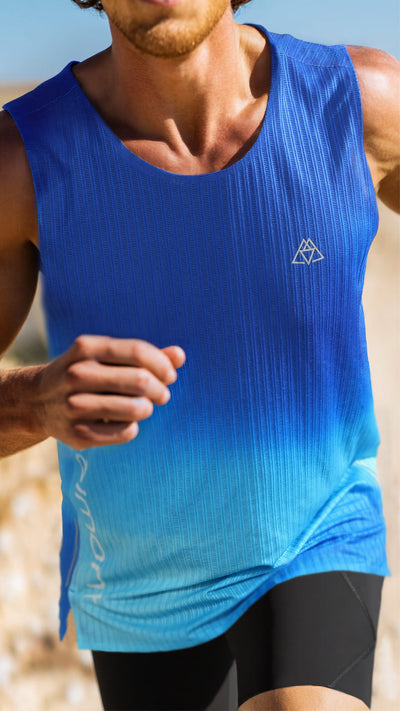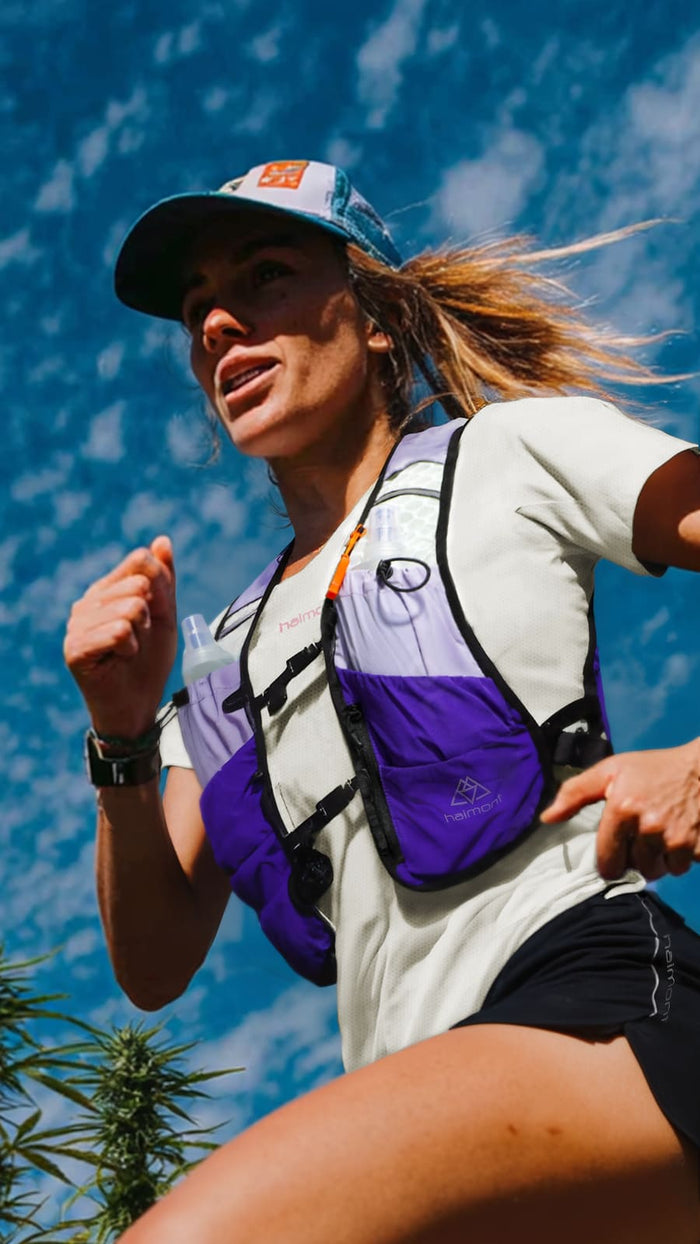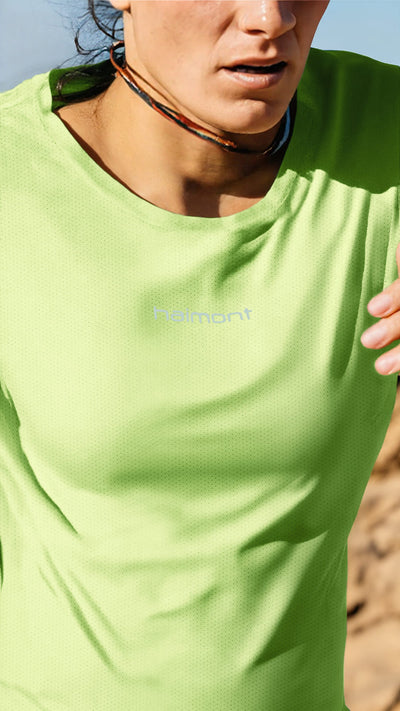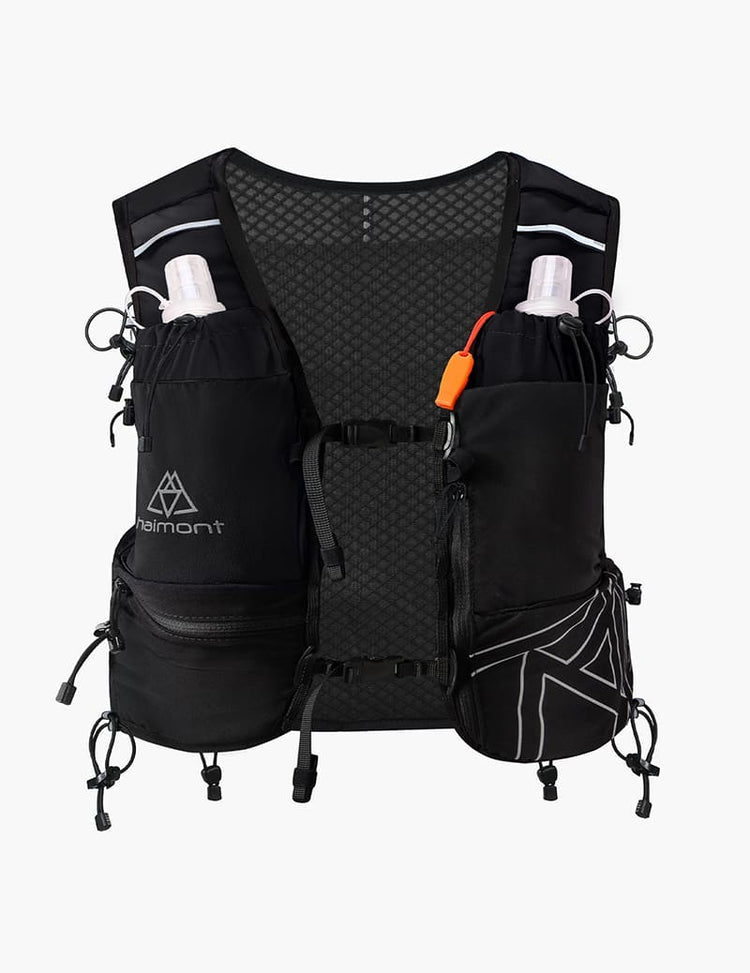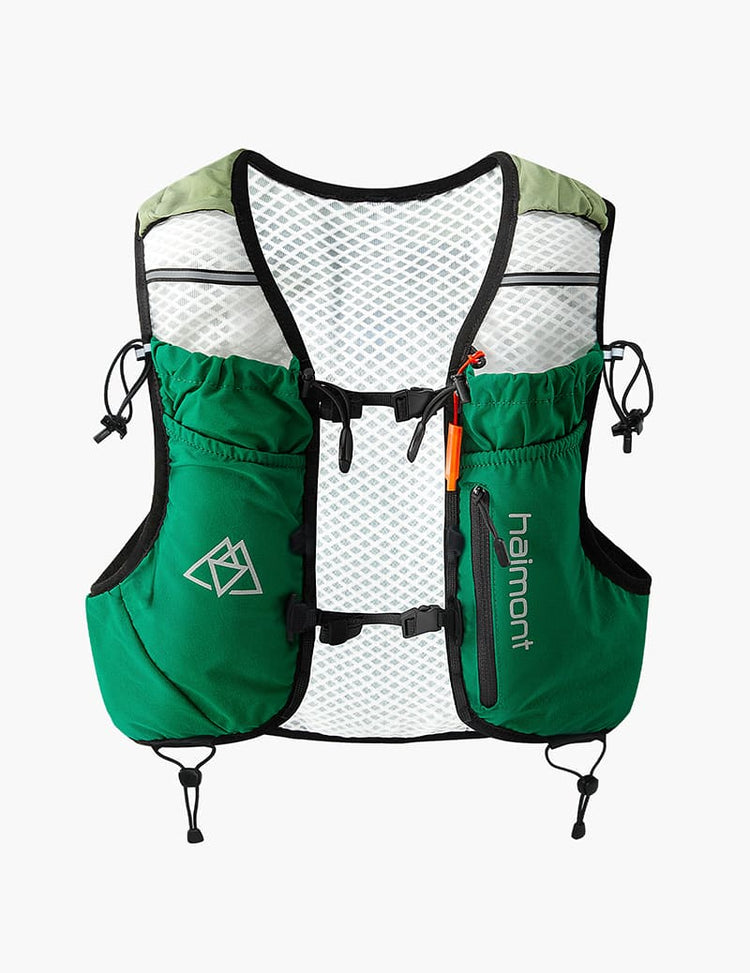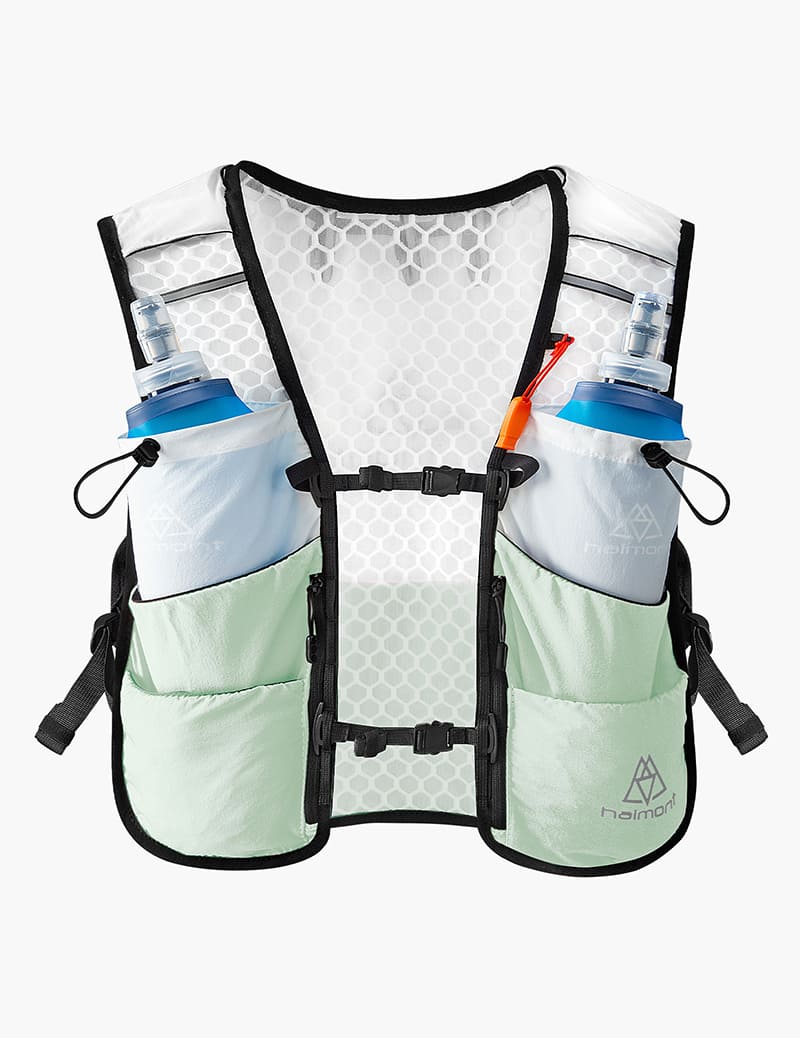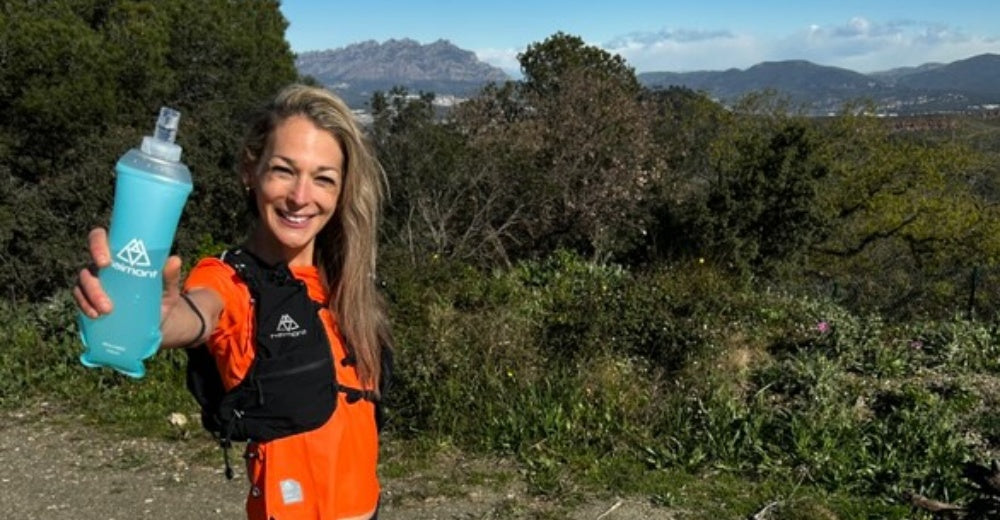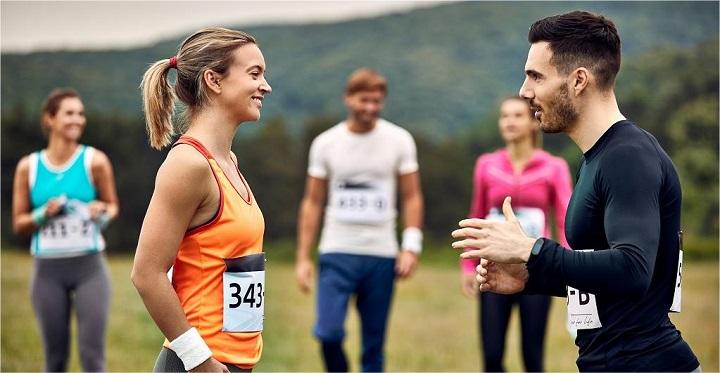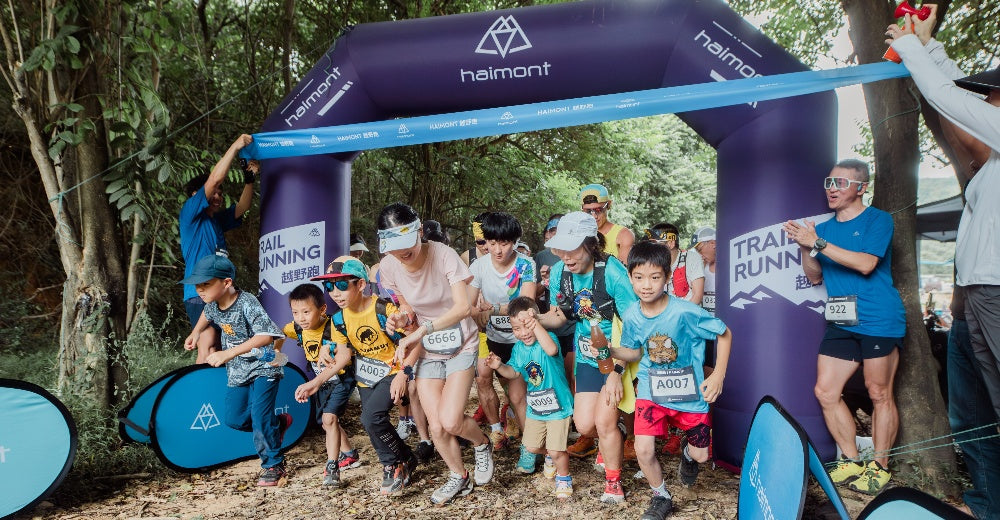Table of contents
Trail running, a sport full of challenges and passion, is attracting more and more people to join in. Running among green mountains and clear waters, feeling the magnificence of nature, and challenging your own limits are undoubtedly fascinating experiences. However, behind the charm of trail running, there are also potential risks. Rugged mountain roads, unpredictable weather, and sudden accidents may make this adventure full of unknowns.
To ensure that every trail run can return safely, it is very important to master basic first aid knowledge. This guide will provide you with comprehensive trail running first aid knowledge to help you deal with various emergencies that may occur, avoid danger, and make every run an unforgettable and beautiful memory.
Common problems and treatment methods
Sprain
- Symptoms: Swollen joints, limited movement or severe pain, and bruises in the injured area.
- Treatment: Stop the activity immediately to avoid aggravating the injury.
Adopt the RICE principle:
- Rest: Stop using the injured part to avoid further damage.
- Ice: Apply ice packs or cold packs to the injured area for 15-20 minutes each time, once every 2-3 hours, for 24-48 hours. Be careful not to put the ice pack in direct contact with the skin to avoid frostbite.
- Compression: Wrap the injured area with an elastic bandage to help reduce swelling. Be careful not to wrap it too tightly to avoid affecting blood circulation.
- Elevation: Elevate the injured area above the level of the heart to help reduce swelling.
If the pain is severe or you cannot walk, please seek medical attention in time.
Precautions:
- Do a full warm-up exercise before running, move the joints, and stretch the muscles.
- Choose suitable running shoes to provide good support and cushioning.
- Slow down when passing through technical sections.
- Pay attention to steady steps and keep the center of gravity balanced.

Abrasions
- Symptoms: Broken skin, bleeding, and pain.
- Handling:
- Wash the wound with clean water or saline to remove dirt.
- Wrap the wound with clean gauze or a bandage.
- If the wound is deep or bleeding does not stop, please seek medical attention immediately.
Preventive measures:
- Wear long sleeves and long pants to avoid direct contact between the skin and the ground.
- Pay attention to road conditions and avoid being scratched by branches, stones, etc.
Blisters
- Symptoms: Local redness, swelling, pain, and blisters on the skin.
- Handling:
- Do not prick the blisters yourself to avoid infection.
- Cover the blisters with clean gauze or Band-Aids.
- If the blisters burst, wash the wound with clean water and apply antibacterial ointment.
Preventive measures:
- Wear running shoes that fit well and are breathable to avoid friction.
- Apply vaseline or anti-friction patches to areas prone to blisters.
Heatstroke
- Symptoms: dizziness, nausea, vomiting, heavy sweating, and elevated body temperature.
- Handling:
- Stop activities immediately and move to a cool and ventilated place.
- Take off excess clothing and wipe the forehead, neck, armpits, and groin with a wet towel or clothing.
- Replenish water, you can drink sports drinks or light salt water.
- If symptoms are severe, please seek medical attention immediately.
Preventive measures:
- Maintain adequate water intake before and during the game.
- Wear breathable and sweat-absorbent clothing.
- Drink water in small sips every 15-20 minutes during the game to replenish electrolytes, and do not wait until you are thirsty to drink water.
Hypothermia
- Symptoms: chills, pale or purple skin, shivering, confusion, slow movements, slurred speech, and slow heartbeat.
- Handling:
- Stop activities immediately and move to a warm and dry place.
- Take off wet clothes and change into dry and warm clothes (especially the head and limbs). Wrap your body with a thermal blanket or emergency blanket to prevent heat loss.
- Drink hot drinks, such as hot chocolate or ginger tea, but avoid alcohol or coffee (which may accelerate body heat loss).
- If confusion or coma occurs, keep the airway open and call for help immediately.
Precautions:
- Pay attention to weather forecasts and avoid prolonged exercise in cold and humid conditions.
- Wear windproof, waterproof, and breathable off-road clothing.
- In cold or humid weather, keep your body dry.
- Replenish energy in time and maintain body temperature.

Muscle cramps
- Symptoms: Sudden tightening of the calf, thigh or foot muscles; muscle stiffness, accompanied by tingling or burning sensations
- Handling:
- Stop immediately and gently stretch the cramped muscles.
- Gently massage the cramped area to help blood flow.
- Replenish electrolytes (such as sports drinks, salt pills).
- Use cold or hot compresses to help relax muscles. Dry place.
Preventive measures
- Warm up and do dynamic stretching before the race.
- Maintain electrolyte balance during running and replenish salt appropriately.
- Perform static stretching after the race to relieve muscle tension
Dehydration
- Symptoms: Thirst, dizziness, fatigue, and decreased urine output.
- Handling:
- Replenish water immediately, you can drink sports drinks or light salt water.
- Avoid drinking beverages containing caffeine or alcohol.
- If symptoms are severe, please seek medical attention immediately.
Preventive measures:
- Replenish water in time before, during and after running.
- Adjust the amount of water replenished according to weather conditions and exercise intensity.
Hypoglycemia
- Symptoms: dizziness, fatigue, sweating, palpitations, hunger.
- Handling:
- Replenish sugar immediately, you can eat candy, chocolate or energy bars.
- Take a rest for a while and continue the activity after the symptoms are relieved.
- If the symptoms are severe, please seek medical attention in time.
Preventive measures:
- Eat in moderation before running and avoid exercising on an empty stomach.
- Carry some high-energy snacks, such as energy bars, nuts, etc.
Insect bites
- Symptoms: Local redness, swelling, itching, and pain.
- Handling:
- Wash the bite with soapy water.
- Apply anti-itching ointment, such as calamine lotion.
- If an allergic reaction occurs, such as difficulty breathing and swelling of the throat, please seek medical attention immediately.
Preventive measures:
- Wear long-sleeved shirts and long pants to avoid skin exposure.
- Use mosquito repellent to avoid mosquito bites.
Snake bites
- Symptoms: Pain, swelling, bleeding, possible dizziness, nausea, vomiting, etc.
- Handling:
- Keep calm and don't panic.
- Call the emergency number immediately.
- Wrap the wound with a clean cloth or bandage to slow down the spread of toxins.
- Do not suck out the venom with your mouth and do not cut the wound.
- Try to remember the characteristics of the snake so that the doctor can provide targeted treatment.
Preventive measures:
- Pay attention to the road conditions and avoid stepping on snakes.
- When walking in areas where snakes are present, you can use a hiking pole to explore the way.
Heart discomfort or arrhythmia
- Symptoms: Chest tightness, accelerated or slowed heartbeat, Shortness of breath, Pale face or cold, sweat
- Handling methods
- Stop immediately, take a deep breath, and slow down.
- If symptoms persist or worsen, seek help immediately.
- If fainting or respiratory arrest occurs, perform cardiopulmonary resuscitation (CPR):
- Compress 30 times each time, about 5-6 cm deep.
- Perform 2 artificial respirations.
Precautions:
- Understand your own heart health status and do what you can.
- Moderate training before the game to gradually improve cardiopulmonary function.
- If you have a history of heart disease, carry nitroglycerin with you.

First aid kit configuration
- Sterile gauze, bandages, band-aids
- Sterile cotton swabs, alcohol pads
- Scissors, tweezers
- Painkillers, antidiarrheal drugs
- Antiallergic drugs
- Sunscreen, mosquito repellent
- First aid blanket
- Mobile phone, power bank
Other suggestions
- Learn basic first aid knowledge and skills.
- Participate in first aid training courses.
- Check the first aid kit regularly to ensure that the items are complete and effective.
Trail running is a challenging and fun sport, but it also requires us to be vigilant and fully prepared. Mastering basic first aid knowledge can not only help us deal with emergencies, but also give us more peace of mind and security while enjoying sports.
I hope this guide can be a powerful assistant in your trail running journey, helping you to avoid danger and return safely. May every run be full of joy and gain, and may every challenge become an unforgettable memory in your life!



